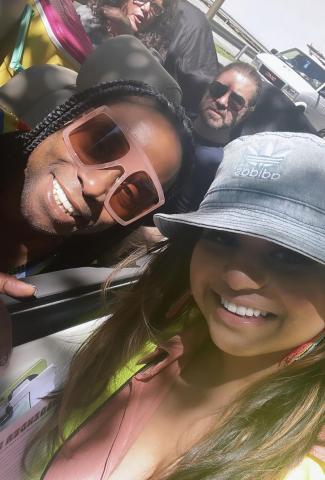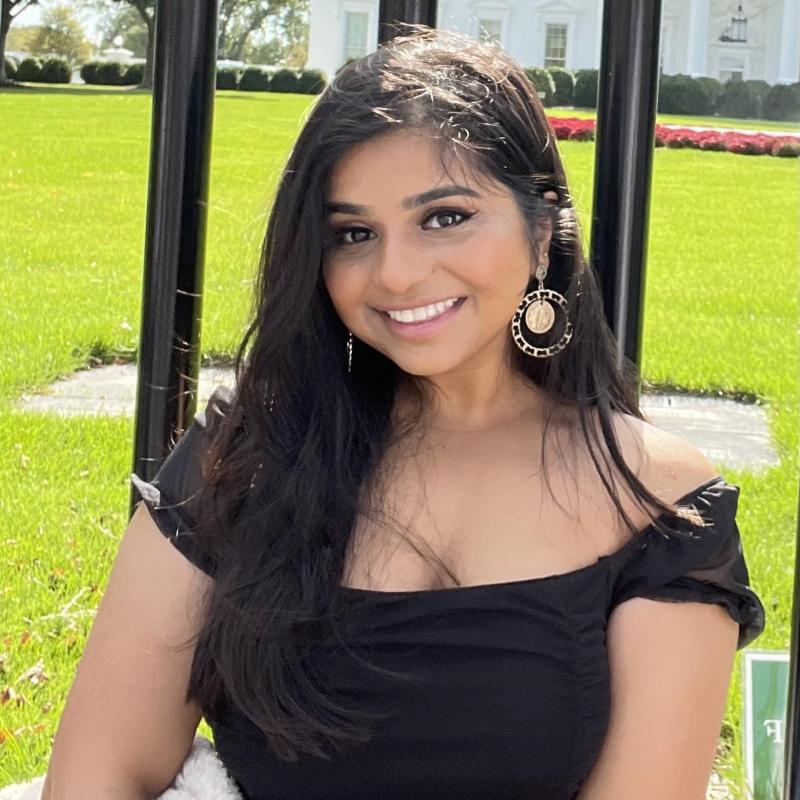The Beauty of Change
Host Site
UPMC University Center
120 Lytton Avenue
Mezzanine Floor, Suite M060
Pittsburgh, PA 15213
120 Lytton Avenue
Mezzanine Floor, Suite M060
Pittsburgh, PA 15213
UPMC University Center
120 Lytton Avenue
Mezzanine Floor, Suite M060
Pittsburgh, PA 15213
120 Lytton Avenue
Mezzanine Floor, Suite M060
Pittsburgh, PA 15213


